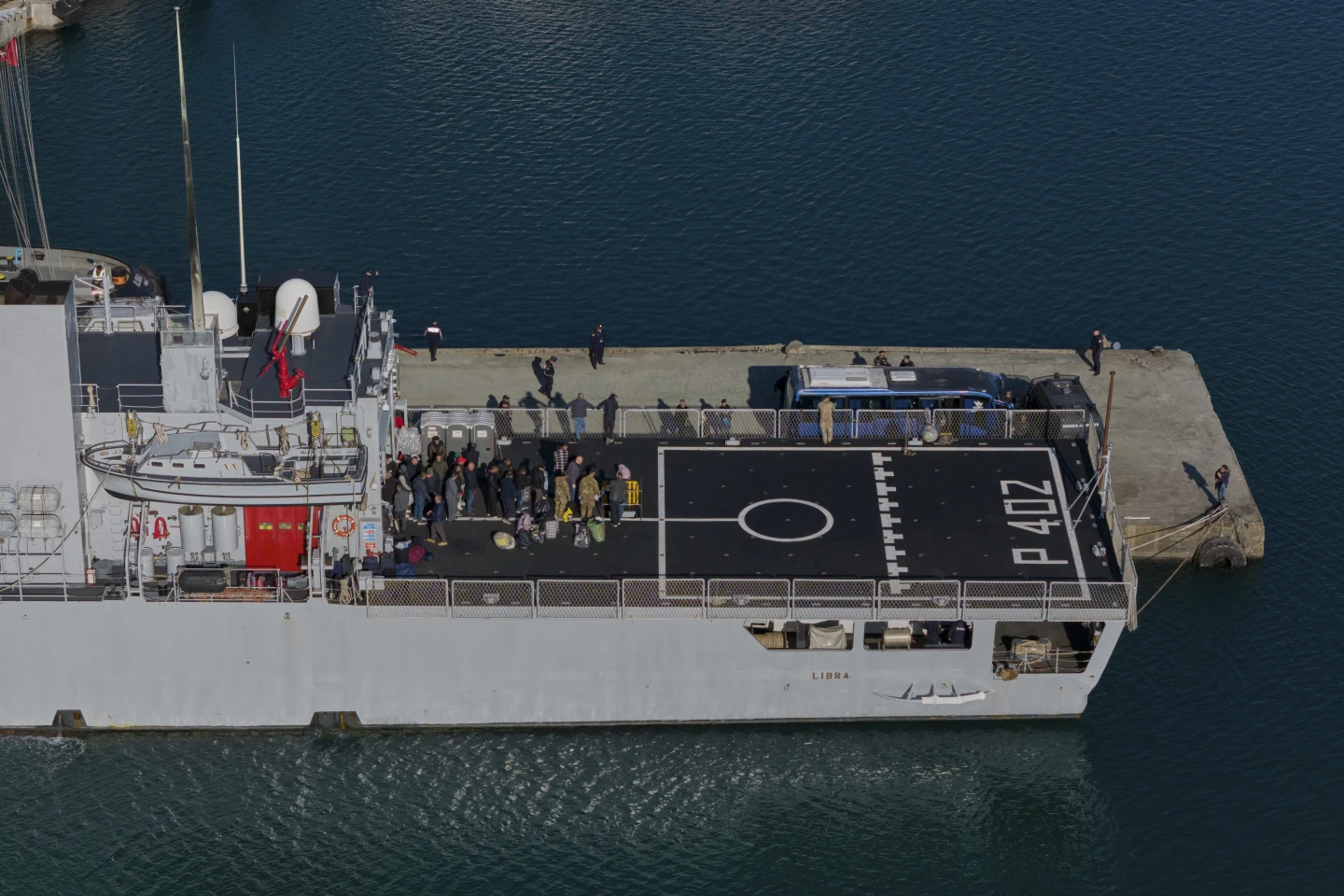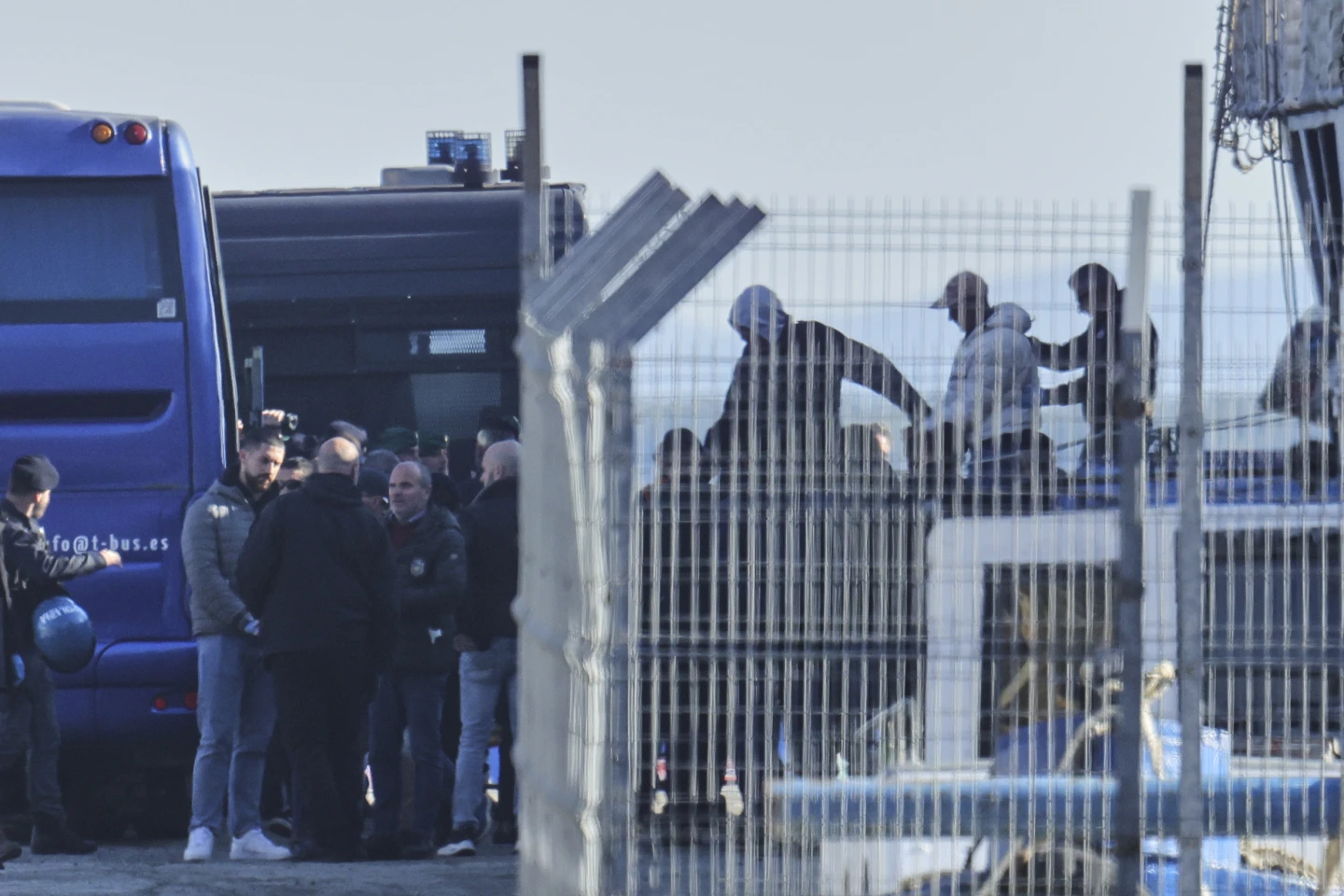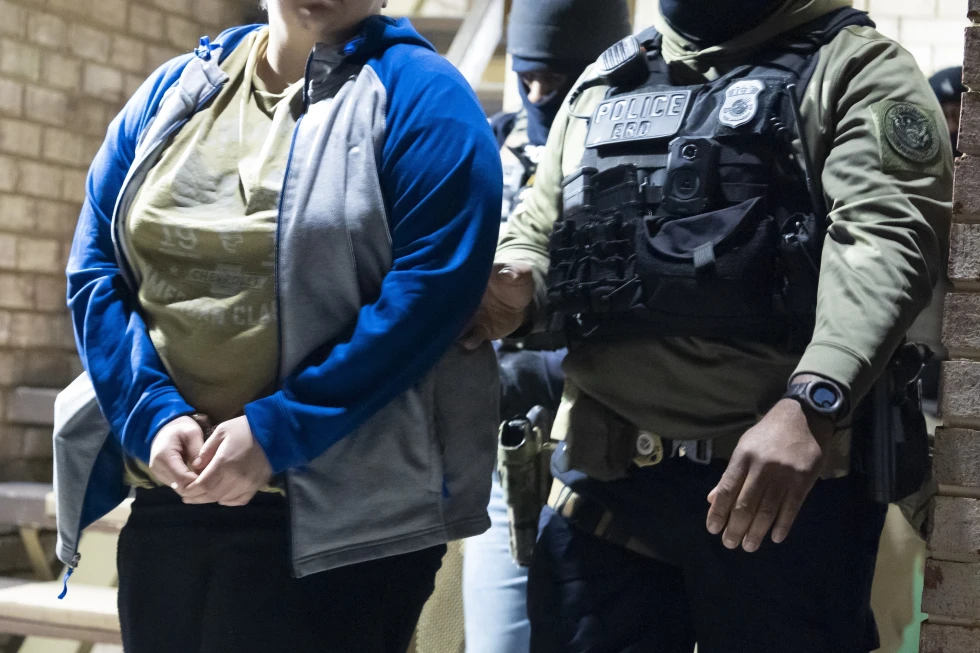The Trump administration has kept releasing people accused of being in the U.S. illegally to nonprofit shelters near the U.S.-Mexico border, even after telling those groups that helping migrants with temporary shelter and basic aid could break a law meant to punish smugglers.
Shelters along the border, which have for years provided migrants with food, lodging, and help getting to transportation, were shaken by a letter from the Federal Emergency Management Agency. The letter warned of “significant concerns” about possible illegal acts and asked for detailed information in a broad investigation. FEMA suggested the shelters might have broken laws about bringing or moving migrants in the U.S.
“It was pretty scary. I’m not going to lie,” said Rebecca Solloa, head of Catholic Charities Diocese of Laredo.
Even after FEMA sent the letter on March 11, U.S. Immigration and Customs Enforcement (ICE) continued asking shelters in Texas and Arizona to take in people, putting shelters in a tough spot—help ICE while being told by FEMA it might be illegal. Both FEMA and ICE are part of the Department of Homeland Security.
After getting the letter, Catholic Charities kept receiving 8 to 10 people per day from ICE until it had to close its Laredo shelter on April 25 due to financial problems, Solloa said.
The Holding Institute Community in Laredo has been receiving about 20 families a week from ICE detention centers in Dilley and Karnes City, Texas, according to its director Michael Smith. These families came from countries including Russia, Turkey, Iran, Iraq, Papua New Guinea, and China.
In El Paso, Texas, Annunciation House has been taking in 5 to 10 people daily from ICE, including individuals from Honduras and Venezuela, according to director Ruben Garcia.
The International Rescue Committee, although not contacted by FEMA, is still receiving people from ICE in Phoenix, according to someone familiar with the situation. This includes people who were held at ICE’s Krome Detention Center in Miami, which has faced major overcrowding.

Dealing with mixed messages
Solloa found ICE’s request to keep helping people to be a “little bit of a contradiction,” but Catholic Charities kept cooperating. Some people had been held by ICE for weeks after being arrested elsewhere in the U.S., then were released by a judge while their deportation cases continued. Others were flown in from San Diego after illegally crossing the border.
Solloa said those released came from India, China, Pakistan, Turkey, and Central and South America.
Smith, who is a Methodist pastor, said the FEMA letter was concerning and made it seem like helping might not be wise—but he still decided to go ahead.
“There’s some things that are just right to do,” he said.
Tricia McLaughlin, a DHS spokesperson, said there was a difference between what’s happening now and what happened during Democratic President Joe Biden’s administration. She explained that under Biden, migrants were often released in public places like bus stops. Under Trump, ICE checks to find a sponsor—usually a family member, friend, or sometimes a nonprofit—before releasing someone.
The government has had a hard time deporting people quickly due to diplomatic, financial, and practical issues. Because of that, ICE sometimes sends people to countries other than their own, such as El Salvador, Costa Rica, Panama, and more recently, South Sudan. If those options aren’t available, ICE ends up releasing people in the U.S.
Migrants can fight their deportation cases in immigration court, although options are more limited if they were stopped at the border. If a judge orders their release, ICE generally has to let them go.
Families are a special case. A long-standing court agreement generally bans ICE from holding families with kids under 18 for more than 20 days. The Trump administration said Thursday it would try to end that rule.
Trump officials have said they almost completely stopped the practice of releasing border crossers with court dates. From February to April, the Border Patrol released only seven people—compared to over 130,000 during the same time the year before under Biden. But those numbers don’t include ICE, and ICE’s data is not public.

Close working ties between shelters and immigration officials
FEMA gave $641 million in 2024 to many local governments and organizations to help them handle the arrival of large numbers of migrants from Mexico.
FEMA stopped those payments during its review and asked shelters to list all the services they provided. Leaders must sign sworn statements saying they don’t know of anyone in their group breaking the smuggling law.
This situation shows how border shelters have worked closely with immigration officers, even when higher-level officials criticize them.
“We have a good working relationship with our federal partners. We always have,” Solloa said. “They asked us to help, then we will continue to help, but at some point we have to say, ‘Yikes I don’t have any more money for this. Our agency is hurting and I’m sorry, we can’t do this anymore.’”
Catholic Charities helped more than 120,000 people since 2021 at its Laredo shelter, which could hold up to 700 people on the busiest nights in 2023. It had hoped for $7 million from FEMA. Instead, it shut down after losing nearly $1 million due to a lack of funds.
Holding Institute, part of United Women in Faith, cut staff and volunteers from 45 to 7 with no federal money, Smith said. To save money, they now serve most meals without protein. Language barriers have been tough to manage.
The International Rescue Committee said it will keep helping released people in Phoenix.
“As the scale and scope of these needs evolve, the IRC remains committed to ensuring individuals have access to essential humanitarian services, including food, water, hygiene supplies and information,” the group said.


